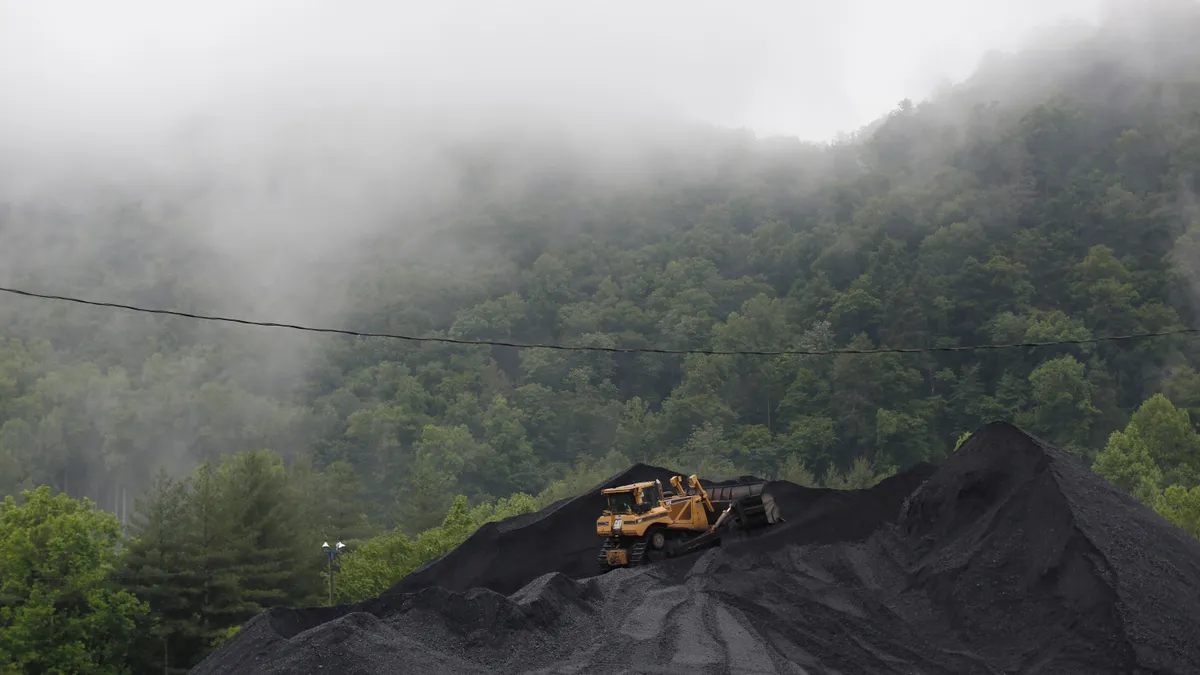Dive Brief:
- The Department of Energy is offering $32 million in funding for the production of rare earth and critical minerals from coal-based sources, the department announced July 13.
- The funds, made possible by the Bipartisan Infrastructure Law, will go towards projects to help build mineral processing sites as the U.S. looks to fortify its domestic supply chains.
- As part of its supply chain diversification strategy, the department is tapping "unconventional" sources for minerals, including coal and coal waste. Applications for funding are due Sept. 11.
Dive Insight:
Amid the U.S.'s sprint to push its critical mineral supply chains away from sources like China, the Energy Department is getting creative in tapping existing industries.
While the number of active coal mines in the U.S. has decreased in recent years, down to 551 by the end of 2020, it remains a massive industry. The U.S. produced 577.4 million short tons of coal in 2021 and it accounts for roughly 11% of the country's energy consumption, according to the U.S. Energy Information Administration.
Now, thanks to the Bipartisan Infrastructure Law, the department is ready to invest more in how to turn the fossil fuel into a source for clean energy.
The department is looking to further enhance and scale technology developed over the past decade to extract rare earths and critical minerals including lithium, cobalt, nickel and manganese from coal-based sources, according to a DOE spokesperson. Each of these minerals are vital for the U.S.'s green energy transition, yet the country remains heavily reliant on foreign sources for supplies.
The department's hope, the spokesperson said, is that following the upcoming development initiative, future projects in this area can receive private investment.
Funding will be used for front-end engineering and design studies to support the development of intermediate- and demonstration-scale facilities for domestic production and refining of rare earth elements and other critical minerals, according to the department announcement.
The studies will define technical requirements for the future sites, including project cost, scope and timeline, part of an effort to lower the risk of constructing and operating such facilities.
If built-out to scale, the department says the U.S. could tap huge amounts of coal for critical minerals, including 250 billion tons of coal reserves, over four billion tons of waste coal and about two billion tons of coal ash at various sites across the country.
Locations for the funding have not yet been chosen, but earlier this year, the Energy Department funded rare earth and critical mineral supply chain development in West Virginia and North Dakota.














